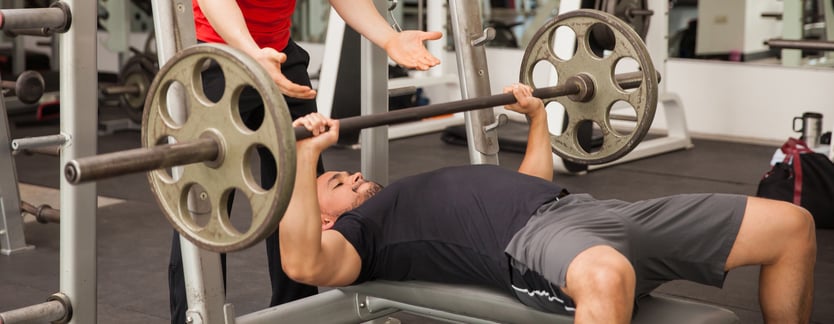
As an athletic trainer, you do everything in your power to reduce the risk of injury—from pre-game stretches and conditioning to post-game physical therapy and rehabilitation.
Unfortunately, it’s just not possible for you to prevent 100 percent of injuries. When one of your athletes does get injured, there are a few things you can do to help them recover as quickly as possible and make sure their injury isn’t exacerbated.
Here are eight ways you can help athletes quickly rebound from an injury.
Be empathetic and let them know it’s OK to feel sad or angry.
Don’t let them bury their feelings in an attempt to appear “tough.” Dealing with the emotions is an important part of the healing process.
Don’t let them isolate themselves.
Make sure the athlete still attends practices and games. Remind the athlete that they’re still an important part of the team and invite them to act as an assistant coach or consultant while they recover.
Encourage them focus on the future, not the past.
Don’t let them think about what could have happened. Remind them that they can’t go back in time and the only thing to do is move forward.
Scale the training regimen based on their condition.
The athlete may want to return to full activity immediately, but this can exacerbate the injury. Coordinate with the team doctor and/or physical therapist to adjust the athlete’s training and exercise regimen appropriately.
Stress the need to maintain a positive attitude.
Multiple clinical studies have shown being optimistic and keeping a positive attitude supports positive health outcomes.
Invite them to take an active part in their healing with shared decision making.
In the shared decision-making process, your responsibility is to provide your knowledge and expertise, and the athlete’s role is to communicate his or her needs and goals.
Help them set new realistic goals and expectations.
The way the athlete measures progress and/or success may be different post-injury than it was pre-injury. Work with them to make a plan for how to build their strength and endurance back up.
Remind them to be patient.
Tell them that rushing the healing process so that they can get back to the field quickly is “penny wise, pound foolish” and can turn an acute injury into a chronic one.
Regardless of whether it is minor, moderate or severe, an injury is disruptive and will impact not just the physical health of an athlete but his or her emotional and psychological health as well. Your players rely on you to help them get healthy and return to the field quickly. If you employ the strategies in this article, you’ll find it easier to do just that.





